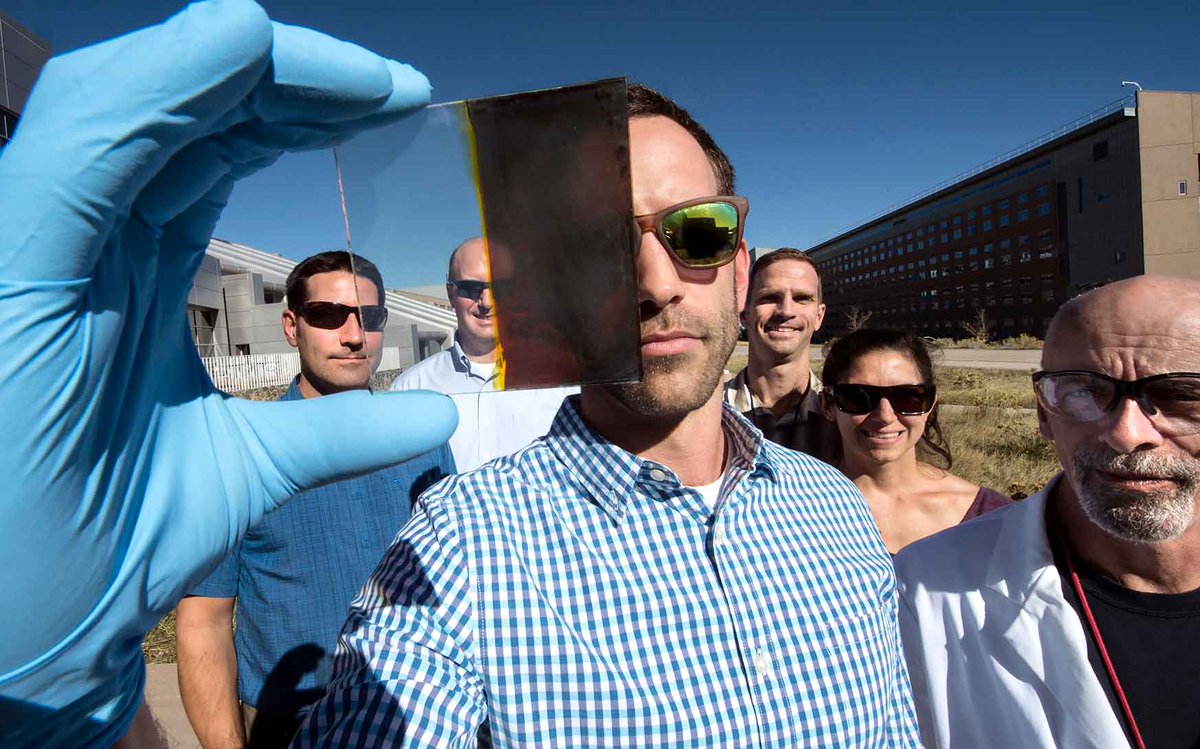Solar-Powered Windows Are Efficient Enough To Generate 80% Of U.S. Power
Solar-powered glass is the latest trend in the industry, but it remains inefficient to keep transparency levels high. The NREL developed a way to use perovskite solar cells with thermochromic technology so windows can generate usable solar energy.
Updated May 26 2019, 2:53 p.m. ET
Solar generation is being used in a variety of ways to give people options on how they want to power their homes. Instead of big, bulky panels on the roof, there is a more discreet roofing alternative. For example, the ability to install solar-powered glass. Efficiency has been a problem in the latter, but the National Renewable Energy Laboratory (NREL) has developed a better prototype that is highly adaptable.
The new window uses enhanced thermochromic technology, which converts sunlight into usable energy at the highest efficiency we’ve seen yet. According to the research, they saw conversion levels reach 11.3 percent. It only took around three minutes from the window to switch over from a transparent state to a darkened color. When it’s dark, molecules are reversibly adsorbed to create electricity.
Efficiency has remained low in glass that can absorb solar energy because most development attempts to put little sacrifice into its transparency. After all, how good is a window if we can’t see anything through it? Many attempts have a static approach, such as Michigan State University creating a glass-like transparent solar material that has five percent efficiency.
The NREL had a different perspective on their solar-powered glass. When it transitions to a darkened color, just three percent of sunlight passes through the window. Perovskite solar cells are then activated and generates power. As the sun fades, the window gets cooler, molecules are absorbed back into the product, and it becomes 68 percent clear. Think of transition eyeglasses, which feature photochromic lenses.
It’s also a similar take on low heat emission glass (Low-E) that is already installed throughout much of the United States. According to the United States Office of Energy Efficiency and Renewable Energy (EERE), “80 percent of homes and 50 percent of buildings” in the country feature these windows. NREL’s development just taps into the technology further with thermochromic technology and perovskite material.
“There is a fundamental tradeoff between a good window and a good solar cell,” Lance Wheeler, scientist at NREL, said in a company news release. “This technology bypasses that. We have a good solar cell when there’s lots of sunshine and we have a good window when there’s not.” The NREL also believes that the product could be expanded to vehicles or on electronics to power them remotely.
A major problem that requires further research is the durability of the window. One square centimeter of the glass made for demonstration had deteriorated after 20 transition cycles, meaning conversion performance suffered as a result. This will need to drastically improve before it’s implemented in large-scale commercial buildings and homes.
An alternative approach to converting solar power into usable energy are SolarGaps. This crowdfunded project is able to convert sunlight from blinds that are able to be placed on a variety of windows. It’s able to power devices at home, store energy for later use, or it can transfer back energy to utility companies for a lower cost on the electric bill.
